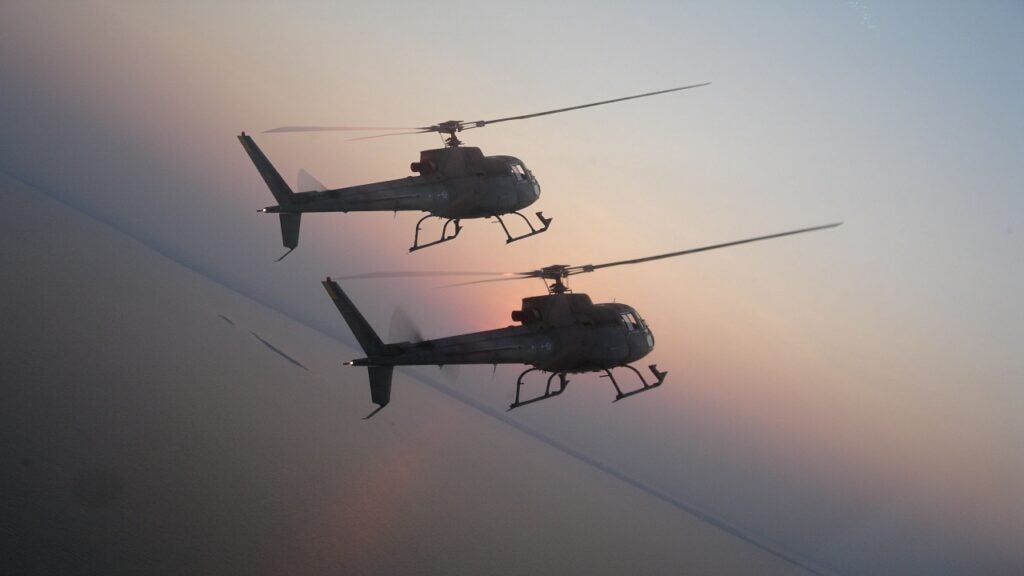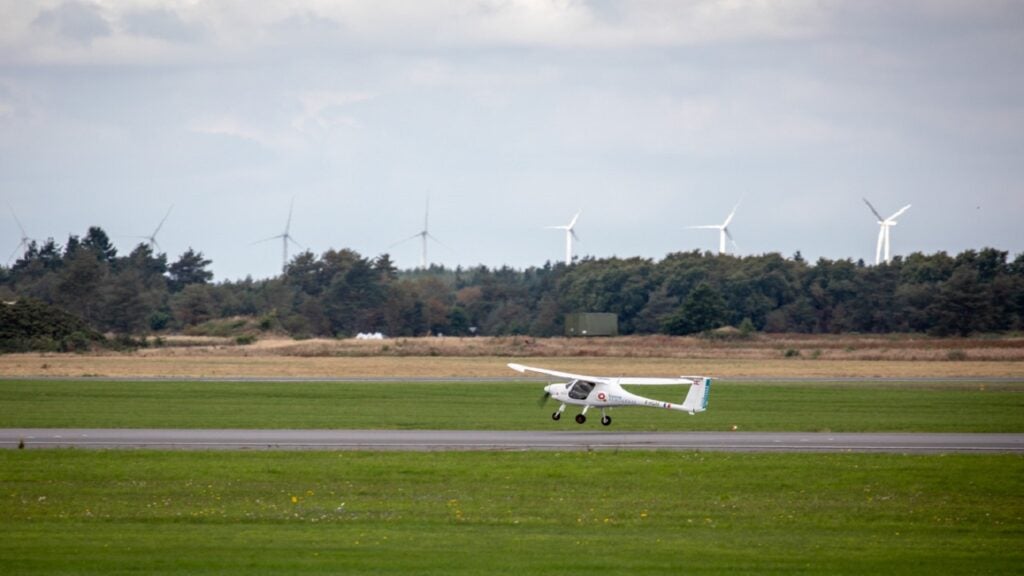
BAE Systems unveiled the Hawk mk127 lead in fighter trainer (LIFT) in September 1998. The mk127 is a variant of the Hawk 100 series, one of the most successful advanced trainer and lightweight ground attack aircraft. Major changes have been made to make it more representative of a front line aircraft, for example the Boeing F/A-18.
Hawk mk127 LIFT trainer aircraft
The Hawk mk127 features a full glass cockpit, new hands-on throttle and stick control system (HOTAS) and new avionics suite.
33 Hawk mk127 LIFT have been built for the Royal Australian Air Force. The first made its maiden flight in December 1999. 12 were built in the UK and a further 21 were assembled in Australia. The aircraft received final acceptance into service with the RAAF in October 2003.
The mk127 is also in service with the Canadian Air Forces (22 aircraft). South Africa has 24 aircraft on order, the first Hawk for the South African Air Force made its maiden flight in October 2003.
The remainder of the aircraft (23) are being assembled by Denel in South Africa. Deliveries began in May 2006 and concluded in 2007. In February 2003, Bahrain ordered six Hawk mk129 (an updated mk127), with an option for a further six. The first flew in August 2005. The first mk129 was delivered in July 2006 at the Farnborough International Airshow and the first four aircraft arrived in Bahrain in November 2006. The remaining two were delivered in February 2007.
Hawk mk128 LIFT advanced jet trainer
The Hawk mk128 LIFT is the latest variant of the family. It features a fully digital cockpit, open architecture computers and airborne simulation systems and will train pilots to fly aircraft including the Eurofighter Typhoon and joint strike fighter. In July 2003, the UK Ministry of Defence announced that it had selected the Hawk mk128 as its advanced jet trainer (AJT). An initial development contract was signed in December 2004.
The production contract for 28 aircraft was signed in October 2006. The first production aircraft began flight testing in August 2008. The aircraft provides training for both Royal Air Force and Royal Navy pilots as part of the UK military flying training system (MFTS).
The aircraft can undertake an extended range of ground attack and air defence roles in adverse weather and day and night conditions.
Cockpit
The cockpit layout has been redesigned with displays and controls, which are compatible with current and projected front-line aircraft. The cockpit is fully compatible with the use of night-vision goggles. The night-vision system gives 24-hour operational capability and complements the forward-looking infrared (FLIR) sensor by allowing the pilots all-round situation awareness.
The three multifunction displays present all the aircraft flight data, navigation and sensor displays, weapons control, engine monitor, and radio and radio navigation functions.
All the information is available on any display and is selected by the pilot, using computer-controlled ‘soft keys’.
The head-up display (HUD) features F/A-18 symbology and full navigation, air-to-air and air-to-ground weapon aiming formats. The flexible software allows a selection of formats, including conventional Hawk 100 HUD symbology.
The hands-on-throttle-and-stick-control (HOTAS) control column and throttle handle mode selection and switch selection are representative of front-line aircraft.
South African Air Force Hawks are being fitted with the Advanced Technologies and Engineering (ATE) avionics suite. Hawk mk128 for the UK RAF will be equipped with the Goodrich SmartProbe air data system, to meet reduced vertical separation minimums (RVSM) requirements as well as a ground proximity warning system (GPWS), digital moving map and traffic collision avoidance system (TCAS).
Weapons
The stores management system (SMS) enables the aircraft to deploy the full range of weapons from BDU-33 practice weapons to mk82 laser-guided munitions. The pilot selects the weapons by using the multifunction displays. The SMS has sufficient capacity to ensure that the aircraft will be capable of deploying future weaponry.
The aircraft has seven wing-mounted weapon stations, including missile launchers for short-range air-to-air missiles. The aircraft is also capable of being armed with the AGM-65 Maverick air-to-ground missile.
Avionics
The provision of an air combat manoeuvring instrumentation (ACMI) pod allows real-time data transfer and recording of aircraft position data, and provides post-mission analysis and debriefing material. Additionally, in the case where a sortie involves two or more ACMI equipped aircraft, data transfer between the ACMI pods gives the aircraft a radar simulation capability.
A global positioning system (GPS) is now built into the inertial navigation system, which is integrated with the moving map. The integration of GPS increases overall navigation and weapon-aiming accuracy and allows other features such as proximity warning to be integrated.
The advanced jet trainer is fitted with BAE Systems TERPROM digital ground-mapping system which is being upgraded with a ground proximity warning system (GPWS). The avionics suite also includes a traffic collision avoidance system (TCAS) and digital moving map (DMM).
Rolls-Royce Adour mk871 turbofan engines
The Hawk mk127 is fitted with Rolls-Royce Adour mk871 turbofan engines rated at 5,845lb thrust. New build LIFT, the aircraft for South Africa and the Hawk mk128 for the UK MoD, are fitted with an uprated Rolls-Royce Adour mk951 engine, with more than 6,500lb thrust and fitted with full authority digital engine control (FADEC). A demonstrator fitted with the new engine made its first flight in May 2003.
Radar emulation
The aircraft can be fitted with a radar emulation pod, which allows the aircraft to represent a number of different aircraft and missiles by simulating their radar emissions. This allows the aircraft to carry out additional support roles as an aggressor or a target, for land, sea or air-based forces.
Aircraft systems
Systems have been upgraded to reduce the reliance on ground equipment and to enhance overall aircraft capabilities. The electrical system has been upgraded with power provided by a 25kVA three-phase generator. An onboard oxygen generation system (OBOGS) has been installed, allowing oxygen to be supplied for unlimited time.
Modifications to the aircraft structure have been incorporated to allow the installation of a fixed detachable probe for in-flight refuelling.




